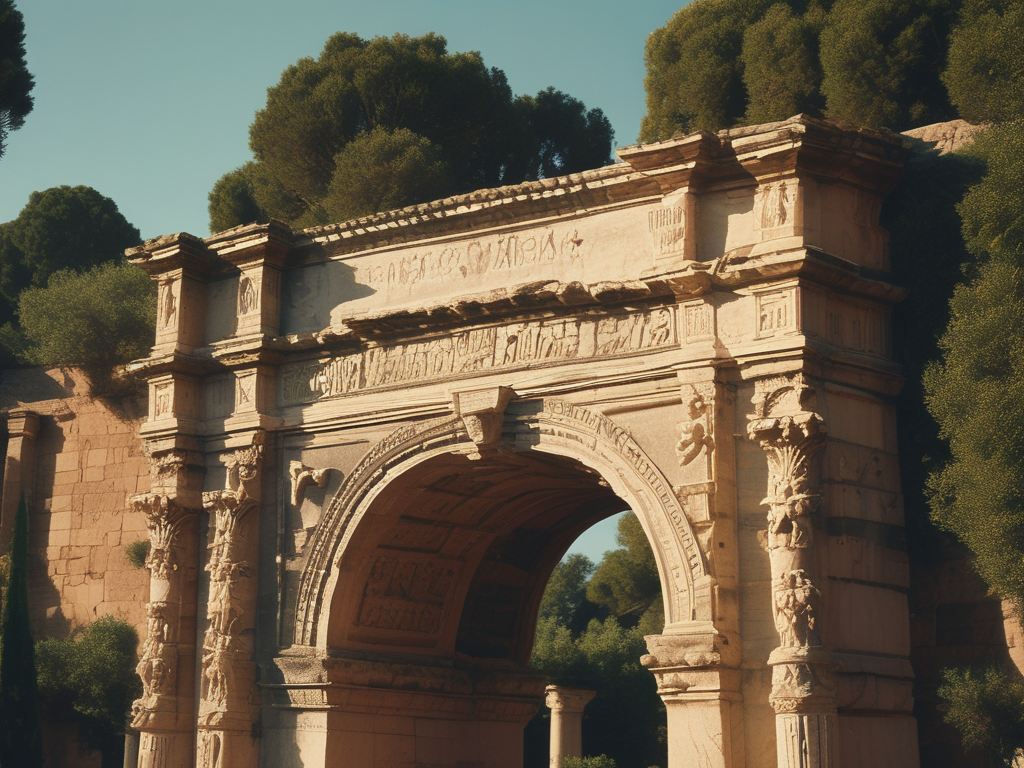The art of your enemy is sometimes your friend
In 81 CE, the Roman Arch of Titus was unveiled. The artwork- a monument-commemorated the Roman Empire’s 71 CE victory over the Judean Rebellion in the Levant.
During the conflict, in 71 CE, the Judean’s Second Temple was destroyed. The Judean’s original Temple, the Temple of Solomon, had been destroyed during Assyria’s Levant conquest. Under the Persian Empire, during the reign of Cyrus, the Temple was permitted to be rebuilt.
On the Victory Arch’s South Inner Panel, the conquering Romans are seen taking away spoils from Jerusalem. The mural prominently highlights the Judean Temple’s Menorah as part of the booty.
The Torah Portion Beehalotecha discusses the Menorah construction. Numbers 8:1-4. The seven lamped object is described as golden and crafted by the hammer. The Menorah’s construction plans were previously laid out. Exodus 25:31-40. The Menorah was to be fashioned out of one talent of gold. As of writing this post, the Menorah’s worth based on materials alone would cost approximately $1,400,000.00. Note: the Menorah should not be confused with the Chanukah holiday menorah; the holiday’s menorah consists of eight branches and is commonly a Chanukiah.
The Roman artwork clearly evidences that outsiders considered the Menorah as a Jewish national symbol. Almost two thousand years later, the Menorah returned to serve as a national symbol for the Modern State of Israel. The State’s official emblem includes the Menorah.
The Arch of Titus, however, is not the oldest historical object from antiquity offering insight into Israelite occupation in the Levant. In Egypt, there is the Mernepta Stele which recorded the Pharoah’s victories. The triumph list included the first extra-scriptural mention of Israel. The Stele indicated that Israel was laid to waste, its seed no more. This event would likely to have occurred during the period from 1213 to 1203 BCE.
With our modern sensibilities, can it be argued that the Romans in capturing the Menorah’s beauty in the mural engaged in cultural appropriation? If so, the Arch of Titus is probably one of the most historically outrageous pieces of cultural appropriation in history! While this may be the case, the Roman’s however allow for historical connections be made. The Arch connects us to the portion Beehalotecha.
Thus, in the end, the artwork depicting the Menorah sheds some light on history.
Be well!!
Please like, follow, share or comment.

One thought on “Art as a History Lesson”